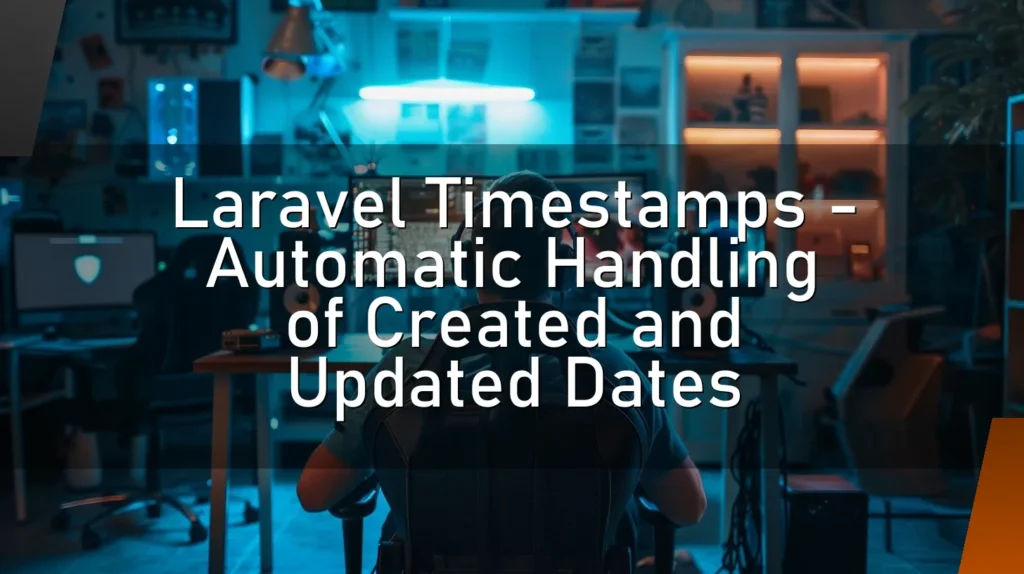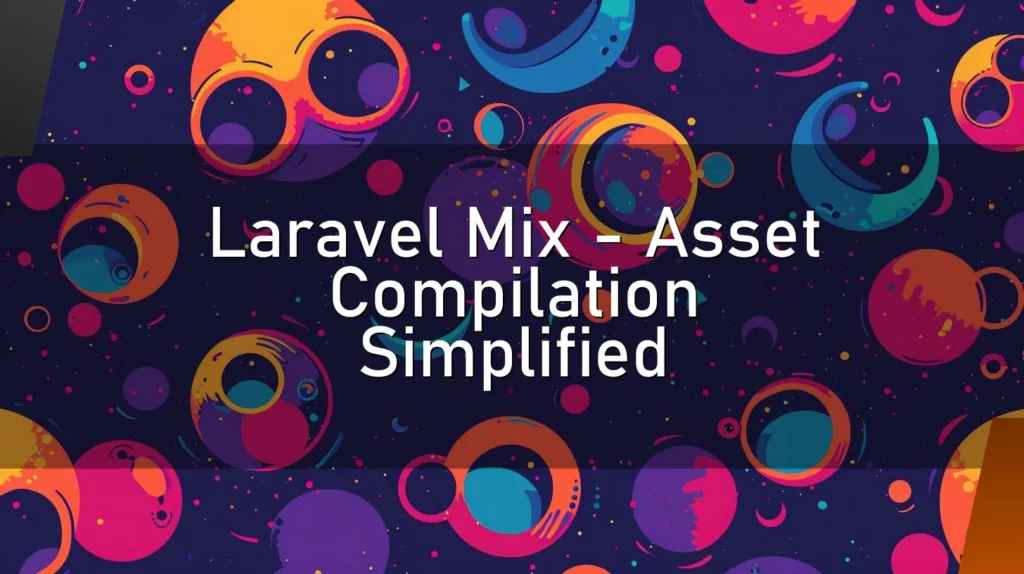REST – Representational State Transfer
Introduction
Welcome to the world of REST! 🌐 If you’ve ever heard someone drop this acronym at a party and felt like they just spoke in Klingon, you’re not alone. Let’s dive into what REST is, why everyone loves it (or pretends to), and how it might just be the unsung hero of the internet. Strap in, because we’re going to make this as fun as a tech glossary entry can be!
How a Nerd Would Describe It
"Representational State Transfer (REST) is an architectural style that leverages HTTP protocols for web services, thereby enabling stateless communication between client and server through predefined operations (such as GET, POST, PUT, DELETE) on resources identified by URIs." 🤓
If that made your brain feel like it’s running a particularly nasty bug, don’t worry! We’re about to break it down.
This Chapter is for a Simple but Concrete Explanation
Picture REST as a library. 📚 You request a book (resource) from the librarian (server) by using a specific code (URI). The librarian hands you the book without needing to know anything about your previous visits (stateless communication). You read the book, maybe write a review, and leave—all very orderly and efficient.
Now let’s translate that to web services:
- Client: You
- Server: The librarian
- Resource: The book
- URI: The code for the book
- HTTP Methods: The actions you perform (e.g., GET for fetching the book, POST for writing a review)
🔍 Details
Key Components
- Resources: Anything you can access or manipulate over the web, identified by a URI (Uniform Resource Identifier).
- HTTP Methods: The operations you can perform on these resources.
- GET: Retrieve data.
- POST: Submit data to be processed.
- PUT: Update data.
- DELETE: Remove data.
Statelessness
In REST, each client-server interaction is independent. Imagine if your librarian remembered every single book you’ve ever borrowed and all the gossip you’ve shared. Awkward, right? In REST, the server doesn’t store any client context, making it far more scalable and secure.
Cacheability
Responses from the server can be cached to improve performance. Think of it like the librarian giving you a copy of the book that’s already been photocopied and ready to go.
Other Similar Words Which Nerds Use
- API (Application Programming Interface): A set of rules and tools for building software applications. Think of it as a menu at a restaurant—you know what you can order and how to get it.
- SOAP (Simple Object Access Protocol): An older, more verbose protocol for web services. If REST is a succinct text message, SOAP is a hand-written letter with calligraphy.
👍 Correct Usage
- "We’re building a RESTful API for our new app."
- "The client can get user data by sending a GET request to /users/{id}."
🛑 Wrong Usage
- "Just REST it up!" (Unless you’re talking about taking a nap, in which case, go ahead!)
- "Our SOAP REST service is the best." (That’s like saying your vegan steak is the best.)
➕ Advantages
- Simplicity: Easy to understand and implement.
- Scalability: Statelessness makes it easy to scale.
- Performance: Responses can be cached.
- Flexibility: Works well with a variety of data formats (JSON, XML, etc.).
➖ Disadvantages
- Overhead: HTTP can be a bit heavy for very lightweight communications.
- Statelessness: Sometimes you want the server to remember things.
- Limited by HTTP: You’re constrained by the limitations of the HTTP protocol.
⁉️ FAQ
Q: Is REST a protocol?
A: No, it’s an architectural style. Think of it as a set of guidelines rather than strict rules.
Q: Can REST be used with any data format?
A: Yes, but JSON is the most common because it’s lightweight and easy to parse.
Q: What’s the difference between REST and RESTful?
A: RESTful refers to web services that adhere to the REST architecture.
Q: Is REST better than SOAP?
A: It depends on the use case. REST is simpler and more flexible, but SOAP has built-in error handling and security features.
📚 Use Cases
- Social Media: Fetching posts, submitting new content.
- E-commerce: Browsing products, adding items to cart.
- Weather Services: Getting current weather data, forecasts.
👌 Conclusion
REST might sound like a daunting techno-jargon, but at its core, it’s all about simplicity and efficiency. Next time you hear it mentioned, you can confidently chime in and maybe even explain it in a way that makes you the life of the party (or at least the most informed person there).
So go forth, REST easy, and remember: if anyone asks you about it, just tell them it’s like borrowing a book from a library where the librarian doesn’t care about your past, just your current request. 📖✨
And there you have it! A fun, easy-to-digest guide to REST that should make even the most jargon-phobic among us feel a little more in the know. 🌟







